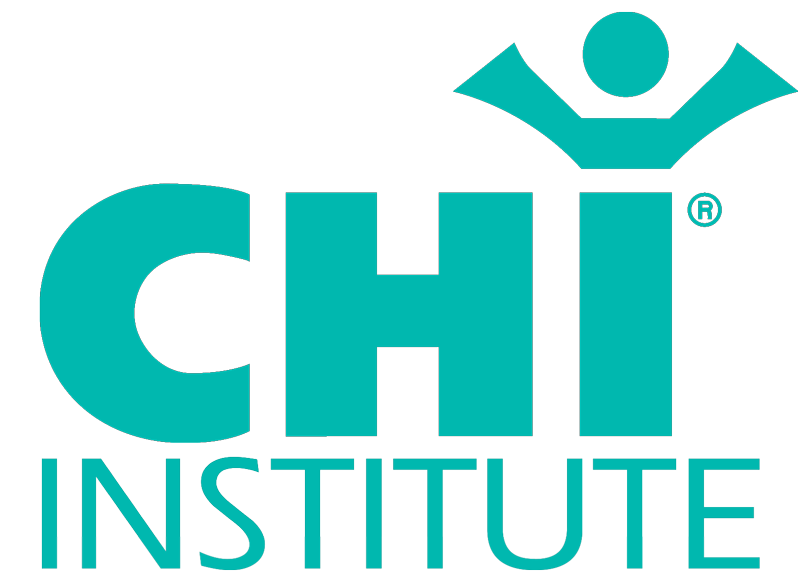This study, published in the Chinese Journal of Physical Medicine and Rehabilitation (2008), explores the effects of low-intensity infrasound (Infrasound 8) on insulin-like growth factor-1 (IGF-1) expression in the brains of rats with focal cerebral ischemia-reperfusion injury. The results demonstrate that 120 minutes of daily infrasound treatment for 7 days significantly improves neurological symptoms and increases the number of IGF-1-positive cells in the ischemic cortex compared to the model group (P<0.01). This suggests that low-intensity infrasound may enhance neuroprotection by upregulating IGF-1, a growth factor associated with neuronal survival and repair. For medical professionals, these findings indicate that low-intensity infrasound could serve as a potential non-invasive therapeutic approach to mitigate brain damage following ischemic events, warranting further investigation for clinical applications.
Owners of low-intensity infrasound equipment might use it for people who have experienced a brain injury, such as from a stroke or similar issue where blood flow to the brain is disrupted. By using this gentle, low-frequency sound for about 2 hours each day over a week, they might hope to support the brain’s natural healing process. Based on the study’s findings in rats, they could expect to see improvements in how the brain functions, such as better movement or behavior, and an increase in a natural substance in the brain that helps protect and repair it. More research is needed to confirm these effects in people.

